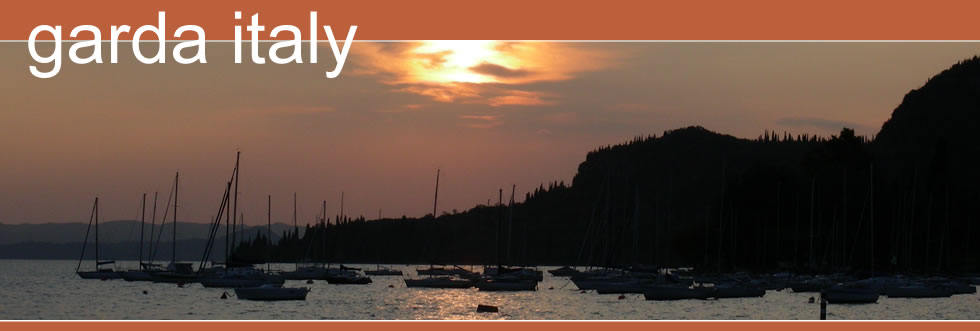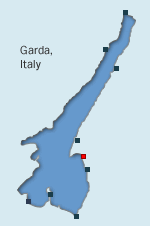Things to do in Garda Town
The town of Garda became important - and probably gave its name to the lake - because of the important strategic position it occupied on the southeastern shores.
Long before that however the people of the late Bronze Age had left evidence of their existence in this area and graves and etchings have been discovered in the area of the town and surrounding hillsides.
The Ostrogoths were the first to build a fortification on the hill to the south of Garda, the "Rocca", and were followed by other invaders until the fortress and town below came under Venetian control and became the headquarters of the administration on the lake. Influences of the Venetians can still be seen in parts of the old town.
The Palazzo dei Capitano is a Gothic palace on the lake front and the square in front of the building was once the harbour before being filled in. Nowadays it is one of the busy squares full of tables for eating, drinking and people-watching.
Tourism in Garda began at the start of the 20th century but really took off in the 1950s, when the area on the eastern side of the lake became known as the "Riviera of Olives". In those days, the most important nation for tourism was the Netherlands - however they have long since been overtaken by the Germans.
Tourism hasn't been the only bread-winner however: the hinterlands are filled with olive groves and vineyards while the important summer festivals have much to do with the central place of fishing in the original culture.
Rocca di Garda
The "Rocca" at the southern edge of the town of Garda is a rock outcrop just under 250m in height. It was originally a fortress dating from the fifth century and stories from those days, such as that of the flight of Queen Adelaide to marry King Otto, feature in German traditions.
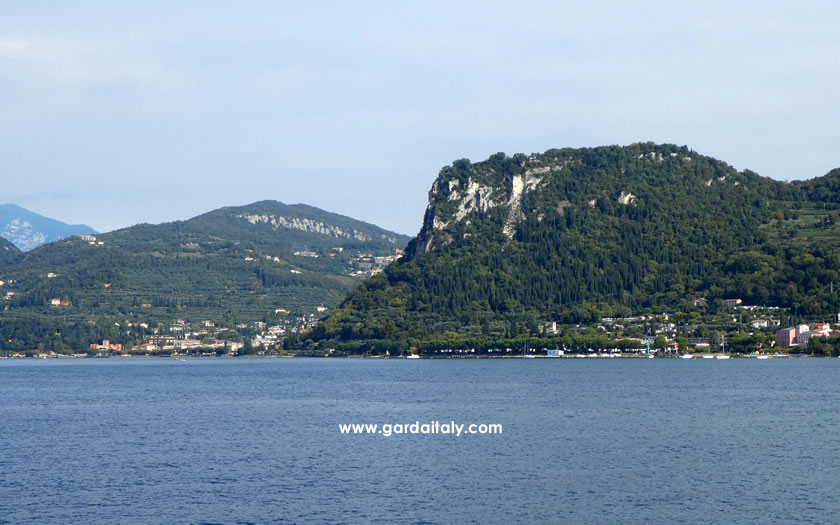
Rocca di Garda above Garda town
The fortress was actually destroyed by the Venetians when they took control of Lake Garda. These days it is possible to walk up the Rocca - a path leading up through the trees leaves the edge of the town either to the Rocca or the statue of Madonna del Pino.
Punta San Vigilio
Punta San Vigilio is the strip of land on the eatern shore which separates the narrower northern and central part of Lake Garda from the flatter bay area to the south. A cluster of buildings lies at the end of an avenue of cypresses.
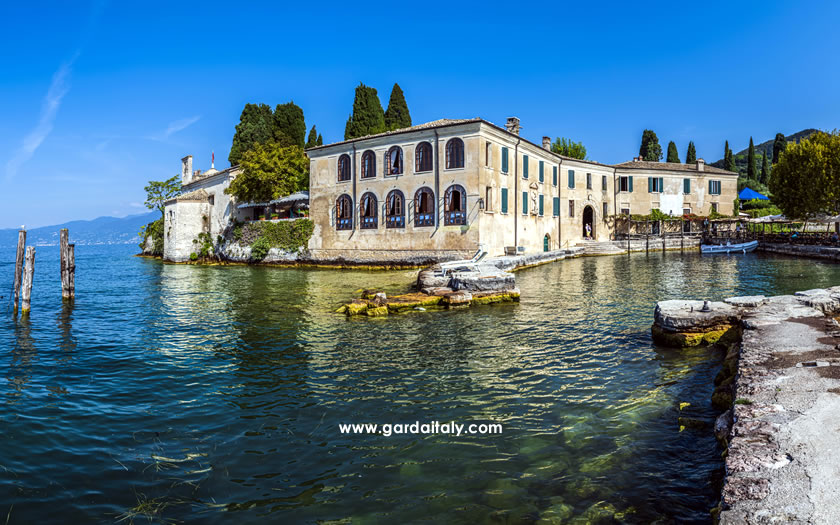
Punta San Vigilio near Garda town
The Villa Guarienti was built in the 16th century - today it is in private hands - and has regularly hosted heads of state. Nearby is a hotel and restaurant, while on the northern side is a private park and beach (entrance fee).
Monte Luppia
Monte Luppia is the hill behind the Punta San Vigilio which is visible at the northern edge of the Garda bay. This hill is substantially higher than the Rocca to the south, but walks here are popular to see the rock etchings which have been discovered in the area. There are thousands of engravings in the soft rock which are thought to have been created by the shepherds looking after flocks on the high pastures over the previous thousands of years.
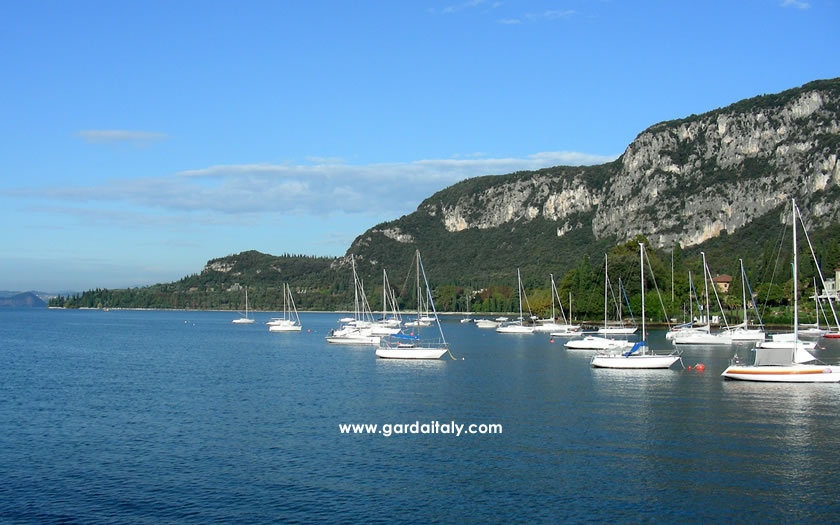
The bay in front of Garda town with Monte Luppia in the background
